What happens in September? Prepare yourselves for ‘Social Distancing U’
COVID-19 will still be very much with us at the start of the fall term, and we need to prepare.
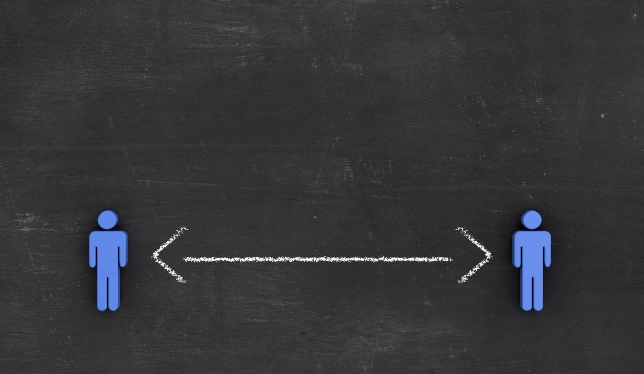
Even while faculty and students are limping through the final weeks of the winter term, September looms. Will we be able to reawaken the rhythms of university life and welcome students back to campus, or will we still be hunkered in our home offices trying to offer orientation over Zoom?
Although they haven’t yet had a chance to look up from their current crisis management activities, university leaders will soon have to make critical decisions about the fall term. These decisions will have repercussions for enrollments, financial viability and reputation for years to come.
As a long-serving faculty member, former senior administrator and parent of university-aged students, my view is that institutions should make every effort to bring students back in person next September, if public health authorities permit. While online education fulfils an important niche in postsecondary offerings, it isn’t a substitute for the face-to-face experience that most students – and faculty – choose.
Fall 2020 is full of uncertainty. If we have managed to “flatten the curve” of COVID-19 infections, we will have gradually regained some of our freedom to move over the summer months. But, public health officials will be wary of a second wave in the fall. Although it might be better managed, and testing should be more readily available, COVID-19 will still be very much with us when the leaves start to turn colour.
To be able to bring students back, universities will have to convince their boards that the risks and costs of staying online outweigh the risks and costs of bringing the students back. They will have to convince students and parents that they have a viable plan that prioritizes health and continuity. And, most important, they will have to convince provincial health officials that they have a comprehensive plan to carry out operations while maintaining social distancing. Start planning now for Social Distancing U, opening September 2020.
| Fall 2019 | Fall 2020 |
|---|---|
| Move-in day | Move-in week |
| Meet your roommate | Meet the student next door |
| Dining hall buffet | Single servings |
| Orientation kick-off in the gym; concerts; parties | Program-focused orientation, small-group format |
| Health center distributing condoms | Health center distributing face masks |
| 600 students in Psych 100 | Flipped delivery of Psych 100, small group tutorials |
The fundamental rules of Social Distancing U will be familiar to all of us by fall. No handshakes. No hugs. No gatherings of more than 50 people. Food service that’s heavy on packaging. Wash your hands. Check for fever. Self-isolate if required. Wear a mask if you have a cold. Can we operate universities without violating these rules?
One of the hot spots for Social Distancing U will be the residences. Traditional dorms, with shared rooms, common bathrooms and open dining halls have been described as land-based cruise ships from a public-health perspective. Double rooms will have to be converted to singles. The numbers of students using shared bathrooms will have to be reduced. Cleaning of common areas will have to be increased. The friendly cafeteria worker swiping student ID will have to be joined by a health worker with a thermometer asking about symptoms. Some residence floors will need to be set aside for students to self-isolate if they show symptoms. Residences will not be profit centers or revenue-neutral. They will be expensive to run. But, without them, many in the class of 2024 won’t come.
How do we preserve what is good about face-to-face instruction if there can never be more than 50 people in a room? Lecture theaters will have to be temporarily remodelled, with every second seat and every other row blocked off. Classroom capacity will be significantly reduced. Large lecture courses will need to move to a flipped delivery method or broadcast online to the students who can’t be seated in the lecture hall. To get the benefit of face-to-face delivery, faculty members will need to devise tutorials, rotating in-person attendance, or creative ways to go beyond the virtual. Teaching assistants will be even more important to the undergraduate experience than they were before.
How do we launch the fall term, knowing there is a non-trivial chance that a second wave might dislocate the term? The key will be contingency planning – hope for the best but prepare for the worst. Every course outline should be designed with an “in case of emergency” plan, setting out how material will be delivered, how assignments and exams will change, and how communication between instructors and students will occur. Every student living in residence must know the procedures in the event of a decision to close the facilities.
Thinking about the need for extra measures, reorganizing classes and making contingency plans, we’re left to wonder whether it’s worthwhile to try for an in-person fall term at all. I’d argue it is. If universities stay online, enrolments will go down, making a bad financial situation worse. Students unprepared for online learning will struggle to start their postsecondary education. Graduate students will abandon research in large numbers.
For students currently in university, or preparing to enter university next year, entry into the labour market will be exceptionally difficult. Canada’s universities must devise creative solutions to the challenges COVID-19 presents to their operations to help prepare these students to play a role in the economic and social recovery that will be required.
Lisa Young is a professor at the School of Public Policy at the University of Calgary. From 2011 to 2018, she was vice-provost and dean of graduate studies at the university.
Featured Jobs
- Vice-President Research & Scientific EngagementMS Canada
- Health Sciences - (2) Postdoctoral/ Research Fellows - 3 year term (The Bridge Research Consortium)Simon Fraser Uuniversity
- Public Policy - JW McConnell Visiting ScholarMcGill University
- Politics and Public Administration - Assistant Professor (Public Policy)Toronto Metropolitan University
- Fashion - Instructional Assistant/Associate Professor (Creative & Cultural Industries)Chapman University - Wilkinson College of Arts, Humanities, and Social Sciences





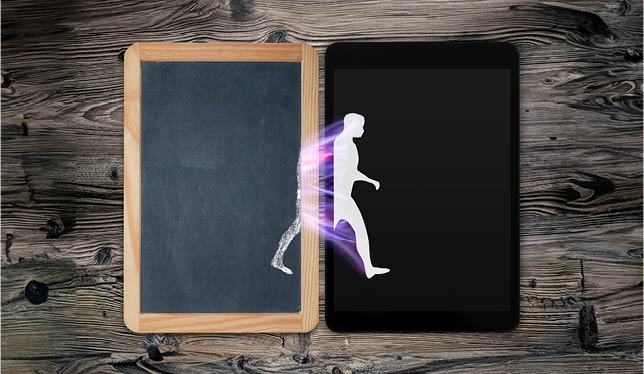
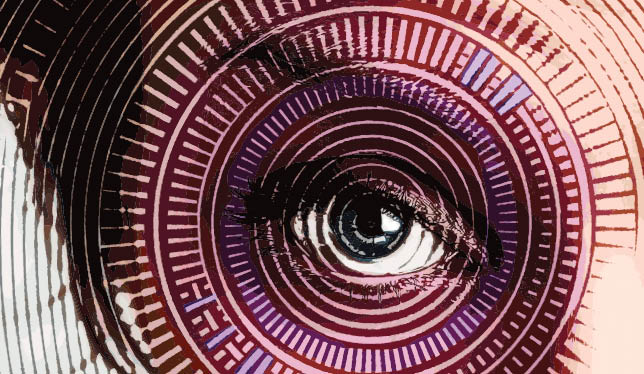




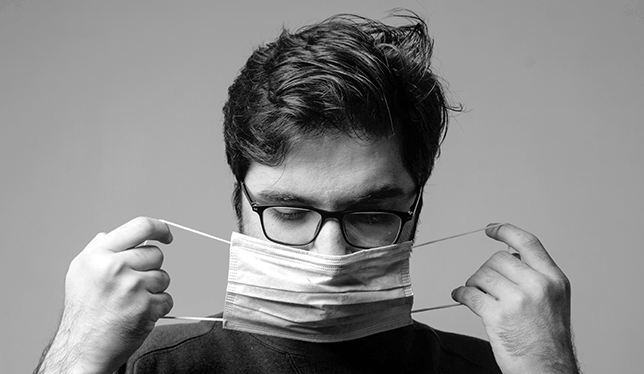


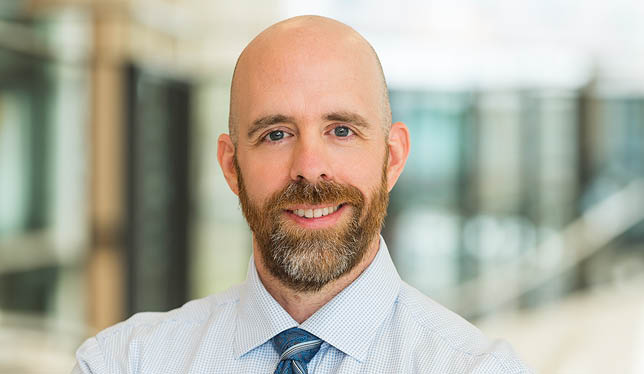
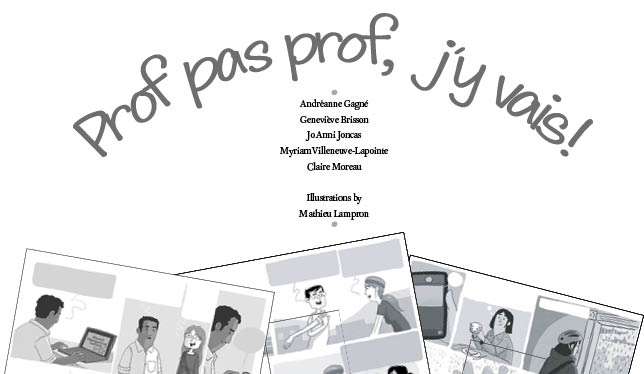
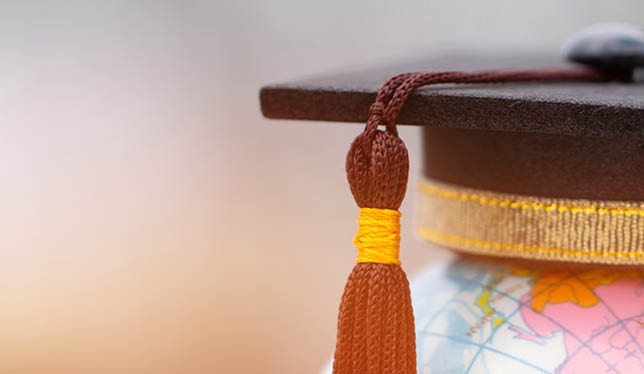
Post a comment
University Affairs moderates all comments according to the following guidelines. If approved, comments generally appear within one business day. We may republish particularly insightful remarks in our print edition or elsewhere.